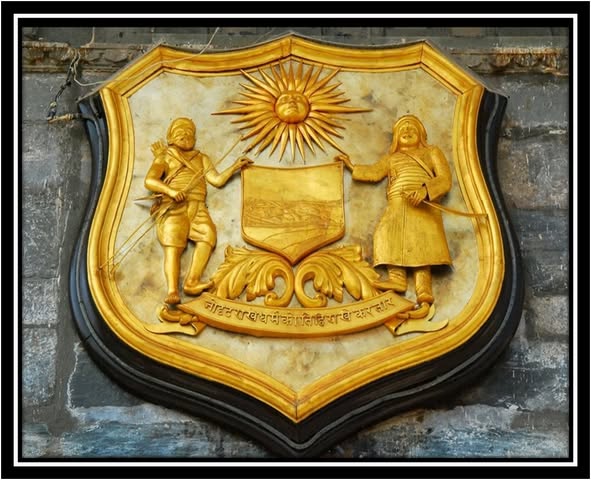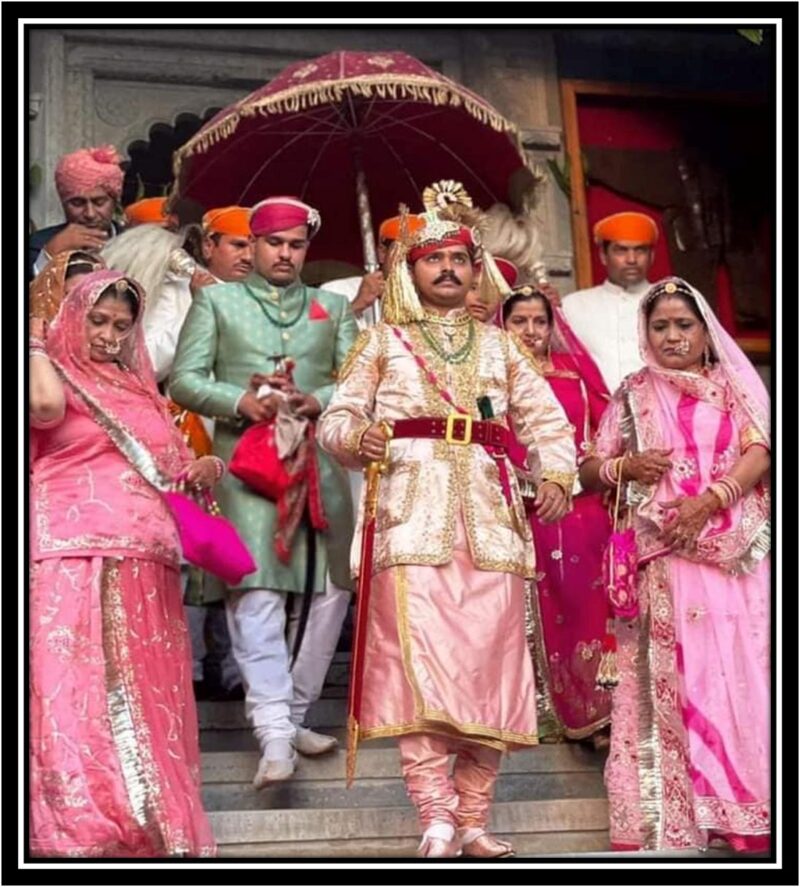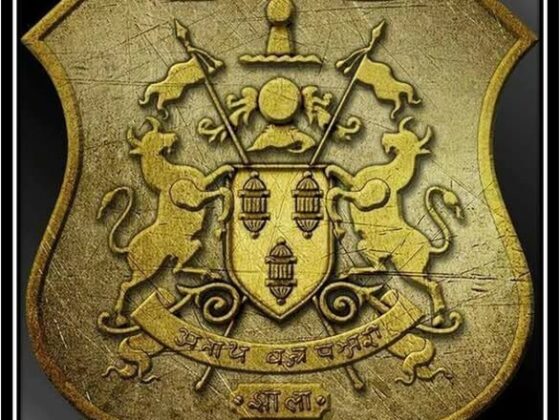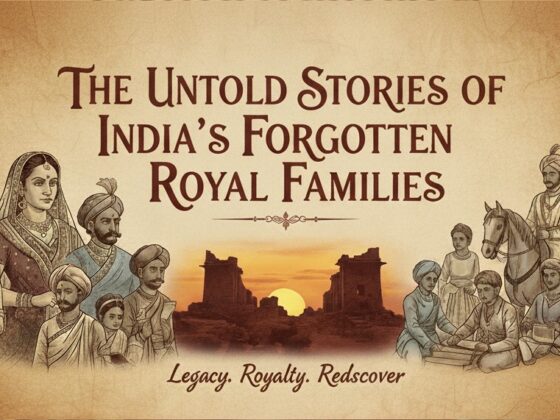The Umrao of the Kingdom of Mewar: Guardians of Honor

Introduction
The Kingdom of Mewar, one of the most significant and enduring princely states of Rajputana, was known for its rich traditions, gallant warriors, and strong governance. Among the elite classes of this powerful kingdom, the Umrao held a prestigious position. These noblemen were not merely courtiers; they were the pillars of Mewar’s administration and military, upholding Rajput valor and chivalry. Their contributions helped shape Mewar into an unconquered bastion of Rajputana pride.
Who Were the Umrao of Mewar?
The term “Umrao” in the context of Mewar refers to high-ranking nobles and feudal lords who served the Maharana. These individuals were granted landholdings and administrative responsibilities in exchange for their unwavering loyalty and service. Their primary duties included:
- Military Leadership: Commanding forces in times of war.
- Administrative Roles: Overseeing jagirs (landed estates) and ensuring economic stability.
- Royal Advisers: Providing counsel to the ruler on matters of state.
- Defenders of Rajput Honor: Upholding the age-old traditions of valor, sacrifice, and dharma.
The Role of the Umrao in Mewar’s History
The Umrao played a crucial role in defending Mewar against invasions, particularly from the Delhi Sultanate, the Mughal Empire, and the Marathas. Some of the most prominent battles saw their active participation:
1. Battle of Haldighati (1576)
The most famous conflict in Mewar’s history saw the Umrao stand beside Maharana Pratap against the mighty Mughal forces led by Akbar’s general, Man Singh. The Umrao fought with unmatched bravery, refusing to submit to Mughal dominance.
2. Siege of Chittorgarh (1567-68)
When Emperor Akbar besieged Chittorgarh, the Umrao led their forces in a desperate bid to protect the fort. Though the city fell, the spirit of defiance remained unbroken.
3. The Resistance Against the British
Even during the British colonial period, the Umrao continued to uphold their heritage by resisting external influences and maintaining Mewar’s cultural autonomy.
The Social and Cultural Influence of the Umrao
Beyond warfare and administration, the Umrao played an essential role in Mewar’s cultural and social fabric. They were patrons of art, architecture, and literature, ensuring the preservation of Rajput traditions.
1. Patronage of Temples and Forts
Many grand forts, palaces, and temples in Mewar owe their existence to the contributions of the Umrao. They funded the construction of stepwells, temples, and memorials dedicated to Rajput heroes.
2. Promotion of Rajput Etiquette
The Umrao were custodians of Rajput codes of conduct, including hospitality, bravery, and respect for women. They upheld traditions such as Purdah and Johar, ensuring that Mewar remained culturally distinct.
3. Literature and Folk Traditions
Through their patronage, bards and poets composed ballads celebrating Rajput valor, including the legendary tales of Maharana Pratap and Rani Padmini.
The Decline of the Umrao’s Influence
With the advent of British rule and later India’s independence in 1947, the traditional feudal structure of Mewar saw a significant transformation. The abolition of jagirs and princely titles reduced the political and military influence of the Umrao. However, their legacy continues to live on through historical narratives, folklore, and their descendants who still uphold Rajput traditions.
Conclusion
The Umrao of the Kingdom of Mewar were more than just nobles; they were the guardians of honor, duty, and tradition. Their sacrifices and contributions have left an indelible mark on Indian history. Today, their legacy continues to inspire those who cherish the values of bravery, loyalty, and cultural pride. Mewar, with its forts standing tall and its stories of valor echoing through time, remains a testament to the indomitable spirit of the Umrao.











